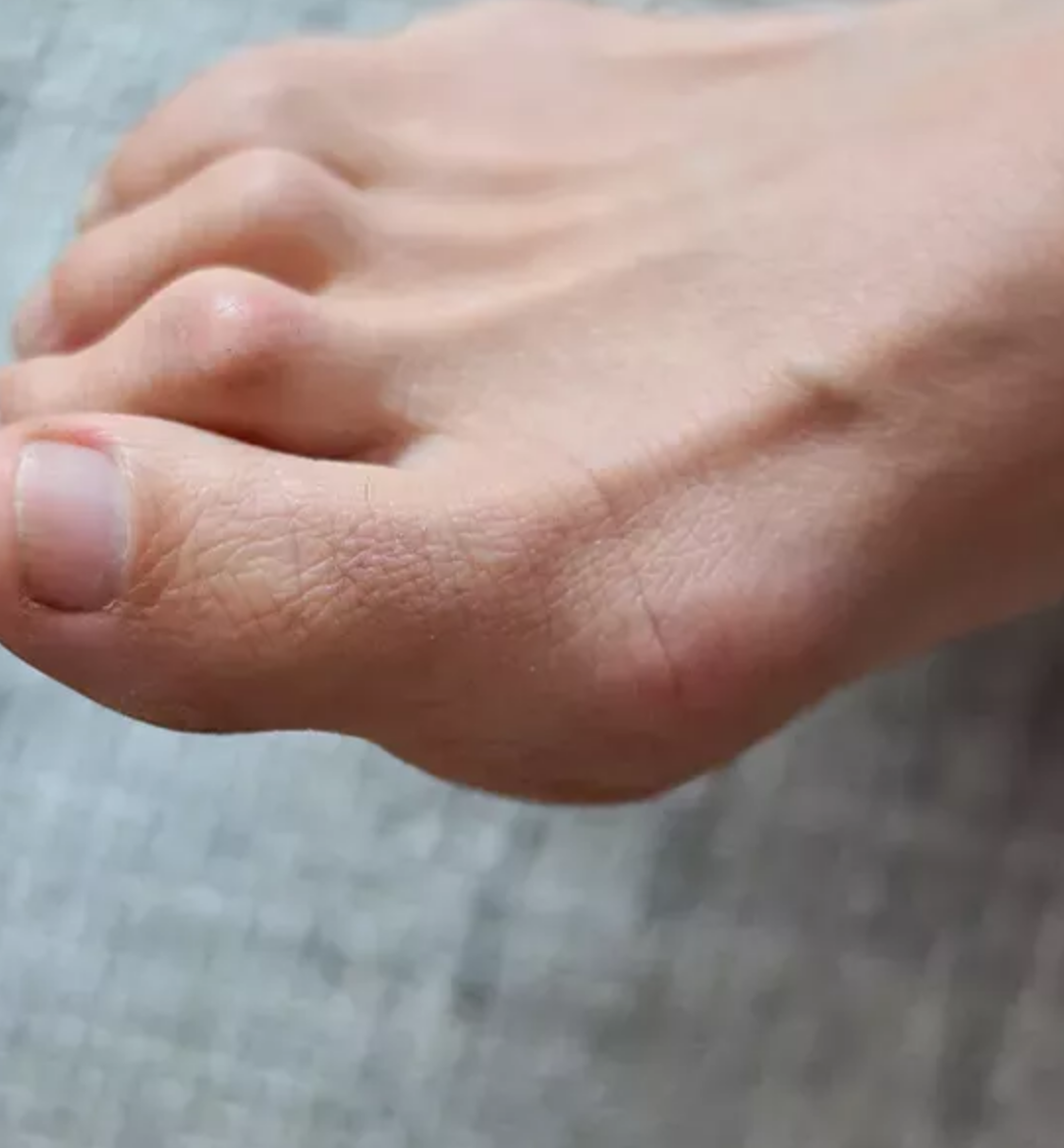Hammertoe’ refers to increasing symptoms and joint changes involving one or more of your toes. A hammertoe is a toe joint that points up rather than flat. This deformity occurs when the muscles in your foot or leg weaken, and the tendons that connect to your toes pull unnaturally. You may also discover a corn or callus on top of your distorted toe, which can be unpleasant. You may eventually be unable to move the afflicted toe. Huntsville hammertoes are caused by an imbalance in the muscles and tendons surrounding the middle toe joint. This imbalance might be caused by several reasons, including:

1. Genes: Your foot form may predispose you to develop this sort of joint malformation. As the foot strives to balance against a flattening arch, flat, flexible feet might result in hammertoes. High arched feet can also develop hammertoes because the extensor tendons outnumber the flexors.
2. Neuromuscular illness: Hammertoes can occur as a result of neuromuscular disorders. Diabetes patients are more likely to have problems. For them, a toe with corn or other ulceration signals that the toes are under too much strain. Additionally, in people with diabetes with inadequate blood flow or neuropathy, infected corns and lesions might lead to the loss of a toe or foot if their shoes are not adjusted.
3. Footwear: Shoes with a narrow toe box or a high heel might push the toes into a bent or flexed position. When the toes remain in this posture for an extended period, the muscles that enable the toes to straighten out become stiff and less able to function. Also, wearing more roomy shoes eventually becomes difficult to straighten out.
4. Trauma: Hammertoe is not a result of an injury. However, the American College of Foot and Ankle Surgeons (ACFAS) emphasizes that previous damage to the toe may lead to its later development.
When to see your physician
If you are experiencing early symptoms of hammer toe, you should consult your doctor. They can check the toes immediately and initiate conservative therapy to help prevent the toe from becoming further twisted. People with advanced hammer toes should also consult their doctor. Even if the toe has been twisted for an extended period, therapeutic alternatives are available. If an open sore on foot does not heal, see a doctor as soon as possible.
How to diagnose hammertoes
Your healthcare physician may immediately recognize a hammertoe. The clinician will perform a physical examination, including feeling and moving your foot and toes, to check how the joints react. Your toes may require X-rays. If you are experiencing diabetes, you may undergo testing to see if a neurological problem creates a tendon imbalance.
When the underlying cause of your hammertoe is addressed, it typically resolves without issues. However, if you wait too long before seeking treatment, your surrounding toes may become distorted as the hammertoe presses them out of position. It is preferable to start therapy as soon as the diagnosis is established. Call Foot and Ankle Specialists to schedule your meeting today to determine which hammertoe procedure suits you.



